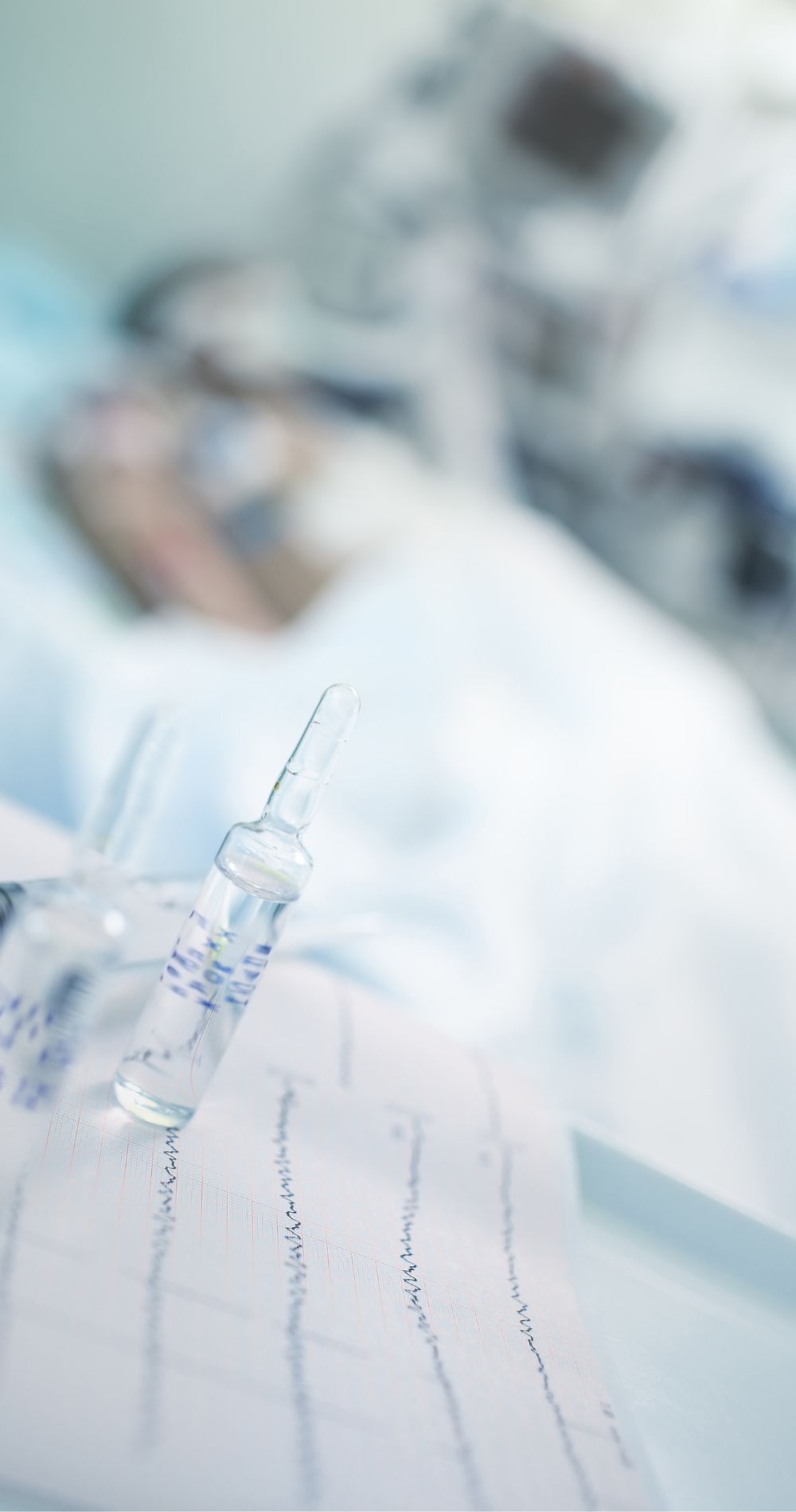September is National Atrial Fibrillation (AFib) Awareness Month
It is estimated that 12.1 million people in the United States will have AFib in 2030
Atrial fibrillation, or AFib, is the most common type of treated heart arrhythmia. Awareness and understanding of the condition is extremely low, however.
What does AFib feel like?
This condition feels like racing, pounding heartbeat, and occurs for no known reason. AFib is an irregular heartbeat or a condition in which the heart muscles fail to contract in a strong, rhythmic way. When a heart is in AFib, it may not be pumping enough oxygen-rich blood out to the body. Symptoms can include fatigue, shortness of breath, chest pain, palpitations, dizziness, or lightheadedness.
National AFib Awareness Month was declared by the US Senate in 2009 after they realized the need to raise awareness. This is a common condition, however, understanding of it is low because many of the resources were medical and academic. This month was created to increase accessible education about the condition.
There are 3 common types of AFib:
- Paroxysmal: comes and goes and usually stops on its own
- Persistent: lasts greater than one week, and can become permanent
- Permanent: heart cannot be restored to its regular rhythm
How is Atrial Fibrillation treated?
There is no cure for AFib, however, treatment can help manage symptoms, or even keep them away for an extended amount of time.
Rate & Rhythm Control
These treatments help the heartbeat rate and its rhythm return to a normal state and stay there.
Anticoagulation medication
Blood thinners can reduce the risk of stroke, which AFib puts you at a 5X risk for. However, understand the risk of blood thinners, like bruising and bleeding more easily.
Lifestyle changes
Since AFib affects the heart, live a lifestyle that is healthy for the heart. This includes regular exercise, limiting alcohol, smoking, and caffeine, and eating a heart-healthy diet.
Atrial Fibrillation Patient Perspective―Mellanie True Hills
Mellanie True Hills is an AFib patient that has vowed to raise awareness about this life-threatening condition. Here is her story:
https://www.acc.org/Membership/Sections-and-Councils/Cardiovascular-Team-Section/Section-Updates/2021/09/16/12/43/AFib-Awareness-Month-2021
https://www.cdc.gov/heartdisease/atrial_fibrillation.htm
https://www.cardiosmart.org/docs/default-source/assets/infographic/atrial-fibrillation.pdf?sfvrsn=ce9d0f84_2
https://www.cardiosmart.org/docs/default-source/assets/infographic/afib-stroke-blood-thinners.pdf?sfvrsn=f8d277a3_1
https://www.heart.org/en/health-topics/atrial-fibrillation/afib-resources-for-patients–professionals/afib-awareness

